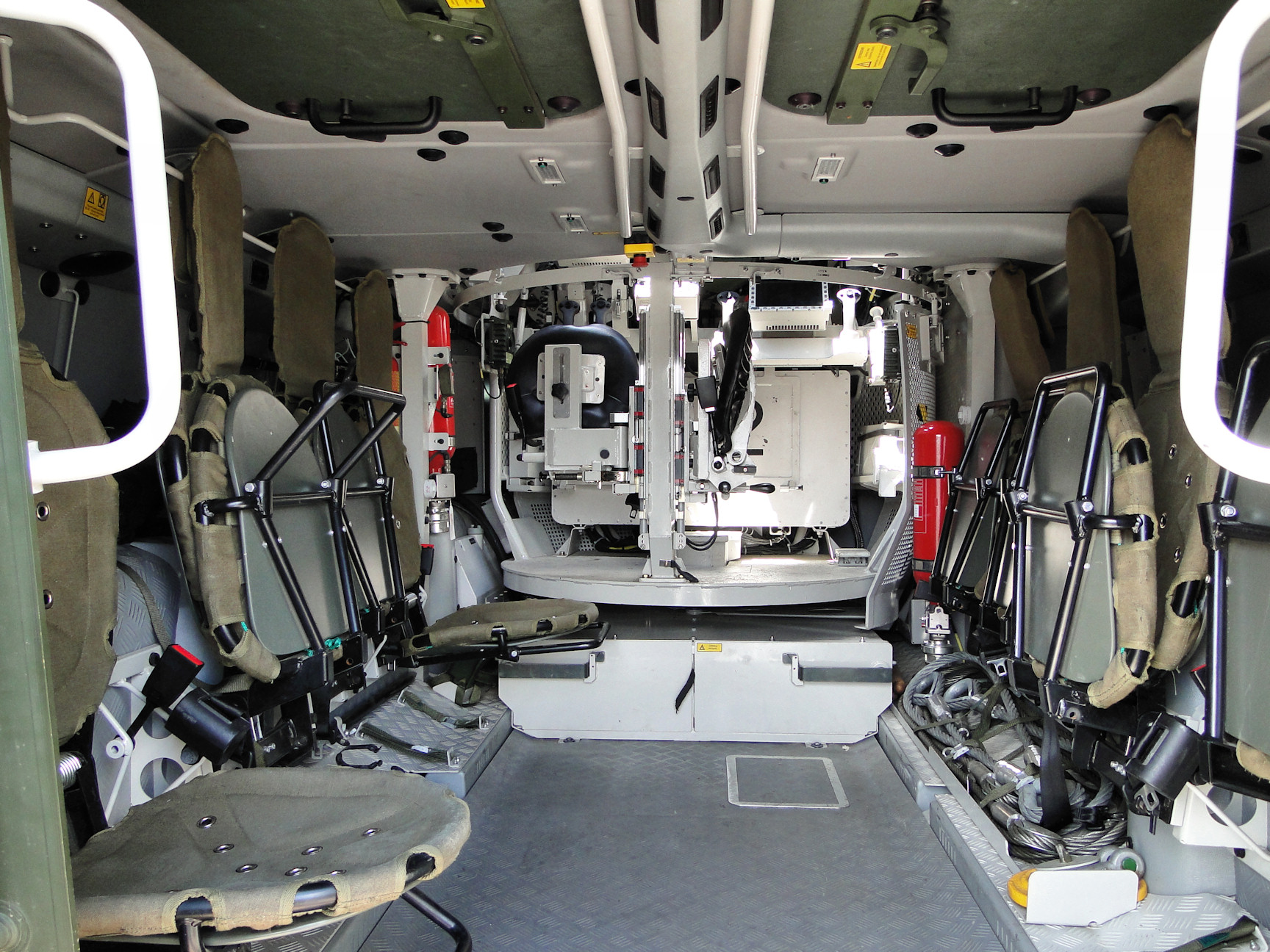Well guys, thank your for all that accolade I undeservedly received. :-)
Even Boletuses have their limitations.
Yes they have, of course. :-)
Strzyga is right, this diorama is not a big thing. Admit it, you snapped the photo because of your bleeding-heart feelings towards the wheel-chaired presenter (seen on the photo) of this crudely done and crumbling exhibition. :-)
There are not too many details to go on, but perhaps blue uniforms and "krakus-style" czapkas of cavalrymen could be the tale tellers. The so-called "Kawaleria Narodowa" (National Cavalry), or at least some of its brigades, wore crimson square-top czapkas, blue kurtkas with red pippings and red (crimson) Polish-style loose fit pants (szarawary) with a double-lampas. This would put this scene into the historical bracket of 1792 (Polish-Russian war) and Kościuszko Insurrection of 1794.
en.wikipedia.org/wiki/National_Cavalry
However, I am sorry to quote this:
Both the war 1792, and the battles in 1794 proved its (Kawaleria Narodowa) small combat value, resulting from poor weapons, little discipline and morale. In several key battles it happened that the brigades left the battlefield in panic - in Dubienka in 1792, and Raclawice and Maciejowice during the Insurrection.
Failing that first rough guess, and assuming that color "blue" may subjectively and objectively mean different things to different people and historical times, my second guess would be "Krakusi" from 1812-1814 period - until their outfit has become more Caucasian-like than Polish peasant style.
Initially Krakuses' distinguished outfit consisted of peasant overcoat in
navy blue or white and red "rogatywka" (square cap) with black lambskin rim.
The "Krakusi" were being revived in many periods following this: in November Uprising 1830-31, Kraków Uprising 1846 and January Uprising 1863.
pl.wikipedia.org/wiki/Krakusi
[Apparently, depending on quality of fabric and geographical location, the blue uniforms would fade in Italy and Spain, but they would darken to navy-blue in Poland and Germany, while the navy-blue would become black with time. Also manufacturing and dyeing of fabric was not as precise as today; each batch of uniforms differed color-wise.]
Going back to the diorama: I cannot make any sense of infantry and artillery hats (too poor resolution for that). And I have major objection against dressing the infantry, artillery and cavalry in the same blue coats.
One of the first work was the adoption by the Great Sejm (in October 1789) the new national uniforms, consisting of a jacket, in dark blue for infantry and cavalry, and
dark green for artillery and sappers, with lapels in the colors varied depending on the formation, but with a predominance of magenta or crimson color.
The dark green color for artillery uniforms had been preferable in most European armies before and after that.

square cap of a companion from National Cavalry
 PolishForums LIVE / Archives [3]
PolishForums LIVE / Archives [3]


